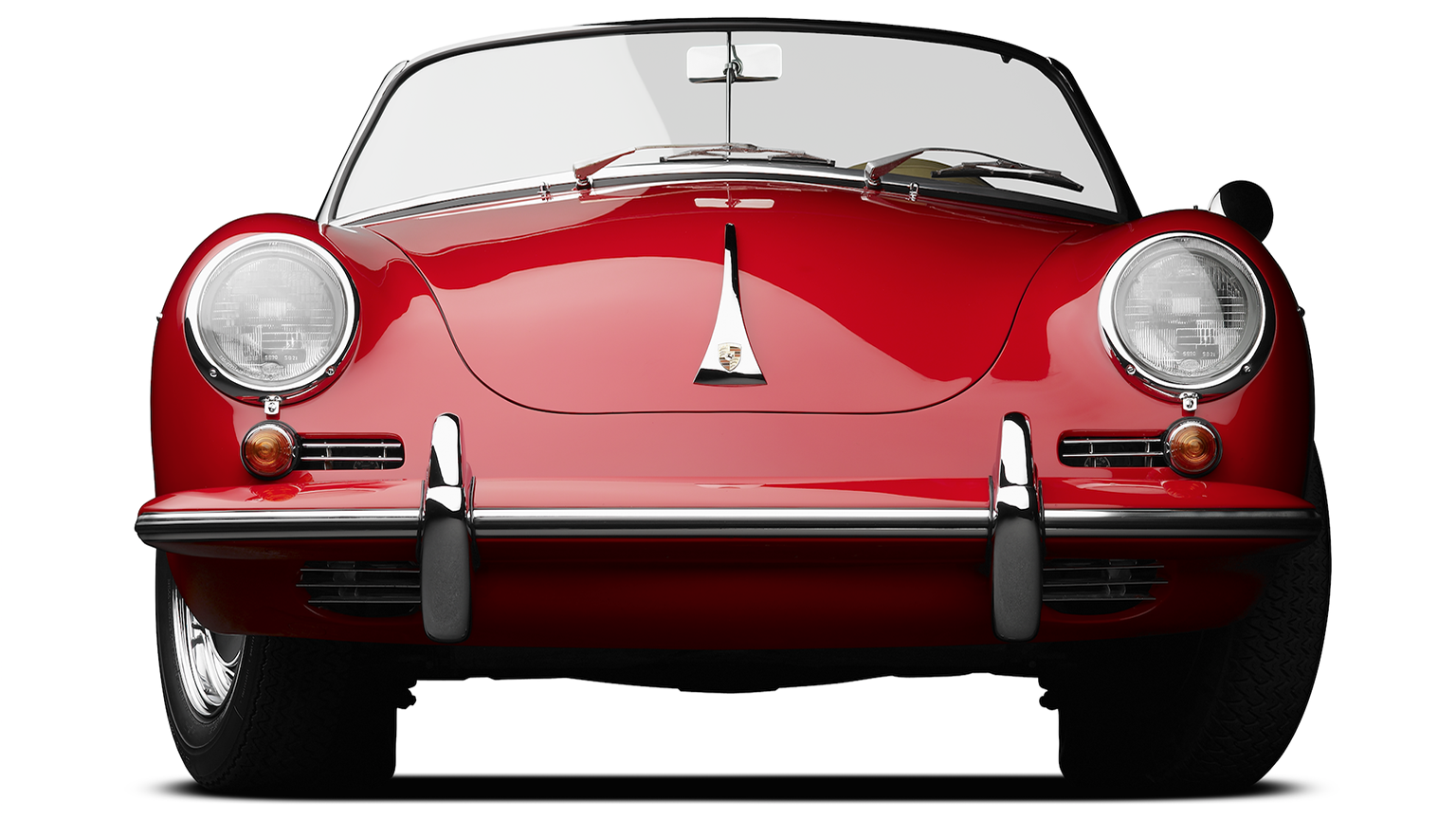
1962 Porsche 356 Twin Grille (Photo Credit to Michael Furman)
Porschephiles, it’s been a wild ride
Today’s sprawling Porsche model range includes iconic sports cars, high-performance luxury SUVs in two sizes and the Panamera in three body styles – both lines offering hybrid models as well as a hybrid model. It is a remarkably diverse and successful range of products.
This is the same company that nearly killed its golden goose, the 911, in the 1970s.
This is the same company that seemed to be on the ropes in the late 1980s as various factors conspired to crimp demand, especially in the U.S.
And this is the same company that got a little too full of itself a few years back and tried to take over Volkswagen.
Of course, things swung the other way, and Porsche became part of the Volkswagen Group, along with Audi, Bentley and Lamborghini.
Porsche’s resurgent racing reputation
After dominating the 24 Hours of Le Mans in the 1970s, 1980s and 1990s, Porsche roared back to the French classic in 2015 and won – and then won again in 2016 and 2017.
Porsche’s 19 wins are the most for any manufacturer. The last of Ferrari’s nine Le Mans wins occurred when The Four Tops had the #1 song in America, “I Can’t Help Myself.” Google that.
And finally, this is the same company that recently introduced new 700-horsepower, $294,000 911 GT2 RS and also announced that that by 2023, half of its sales would be electric vehicles.
This is one very, very smart company.
From the DNA of a Volkswagen…
Porsche passionists, your favorite marque had humble beginnings.
It was Ferdinand Porsche’s ingenious Volkswagen Type 1 – a.k.a. Beetle – that brought Porsche’s engineering to the masses after WWII, and it was that same lowly VW that provided building blocks for the first Porsche sports car, the 356.
Those first Porsches mustered only 40 horsepower from their rear-mounted VW-based air-cooled engines. But they also established the marque’s pattern of low weight and superb aerodynamics, which would serve as the foundation of a racing dynasty.
Racing – and winning — quickly became a Porsche signature, as did relentless development and improvement.
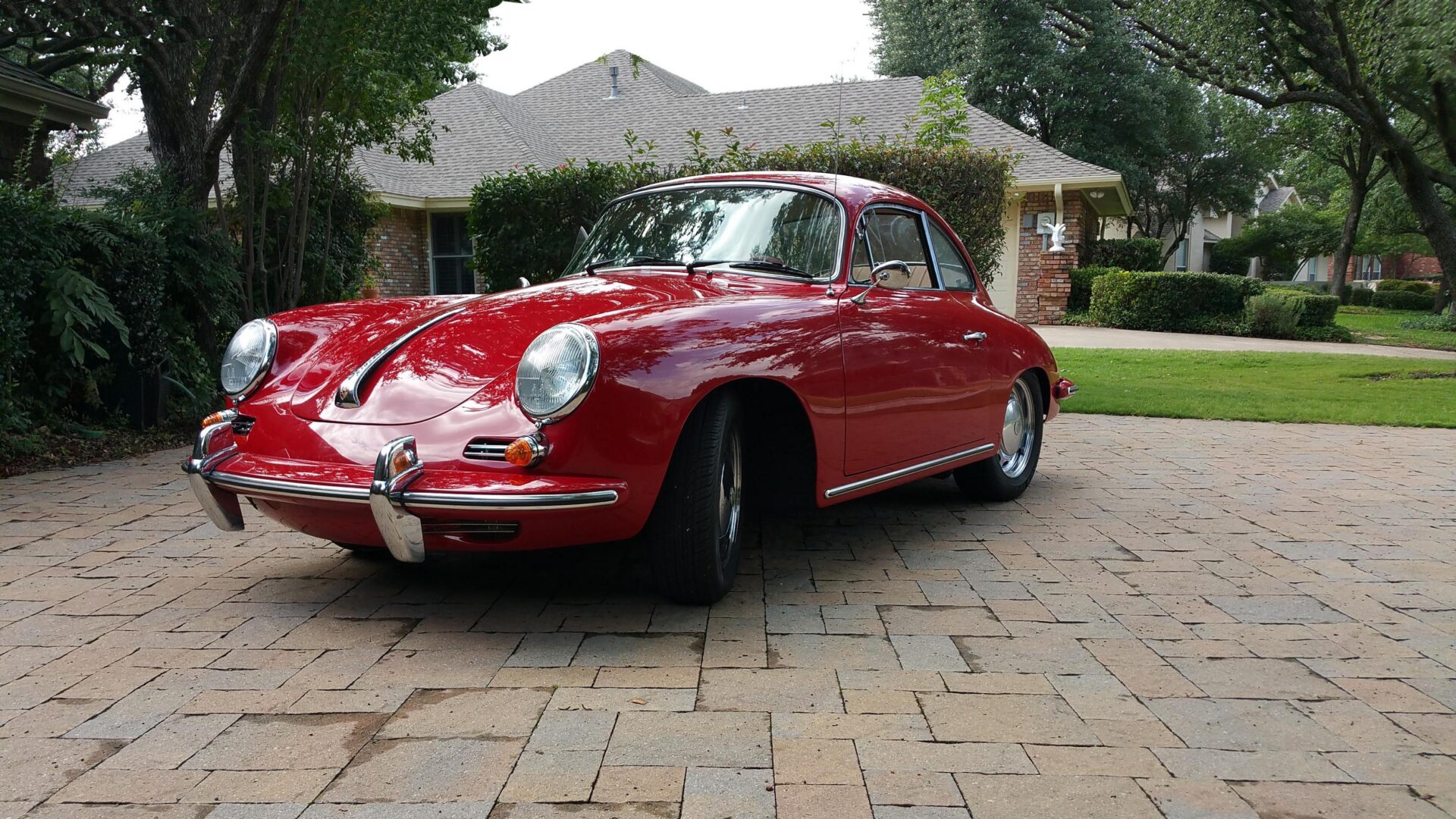
1965 Porsche 356 (Photo Credit to Lessee) 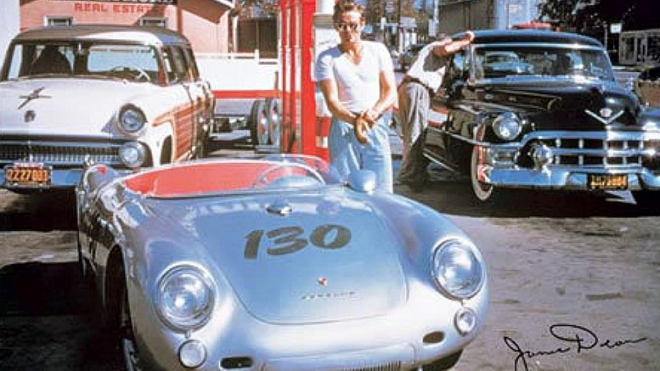
James Dean Porsche 550 Spyder 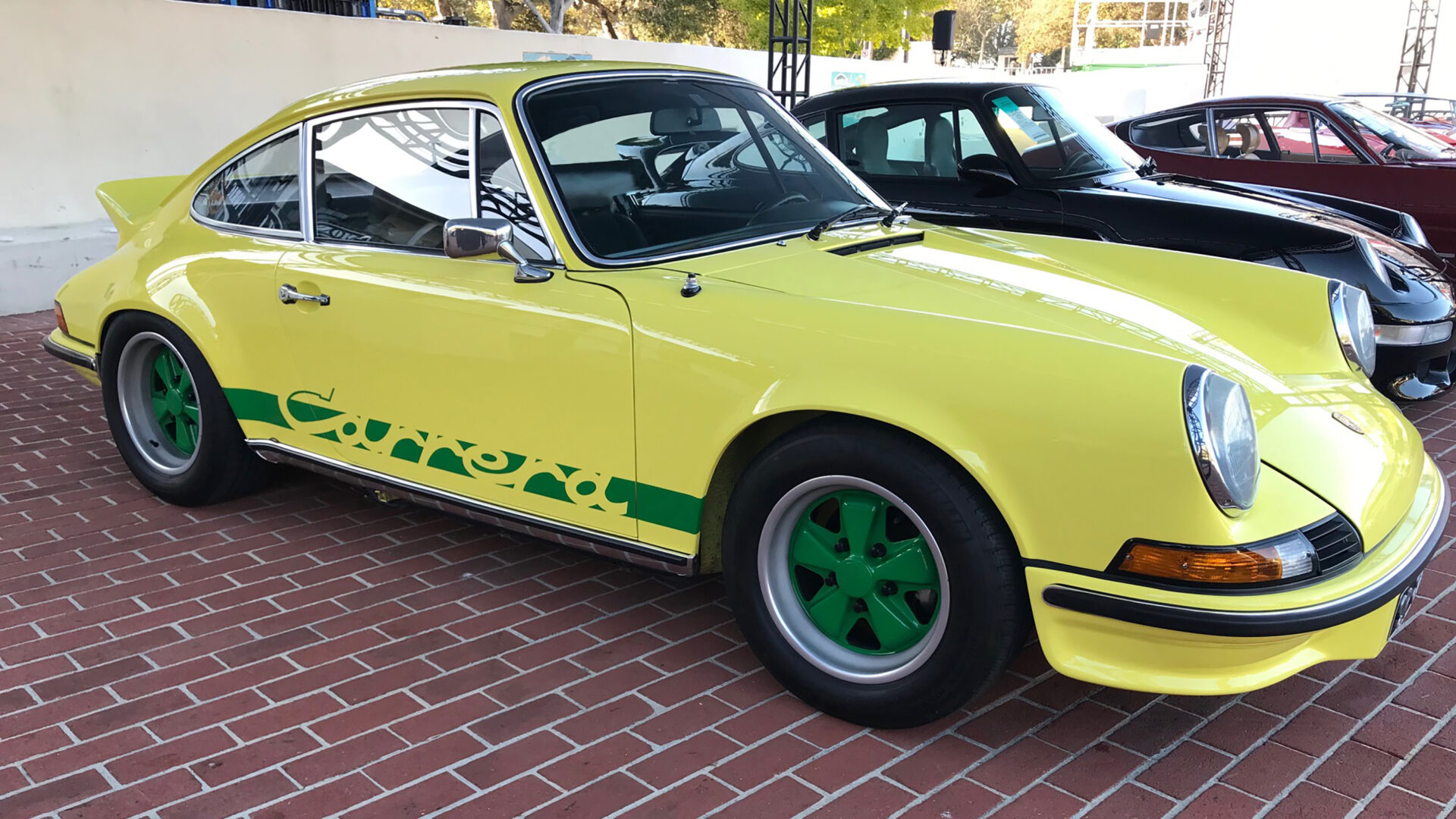
1973 Porsche 911 Carrera RS 2.7 Touring (Photo Credit to Ross Dressel) 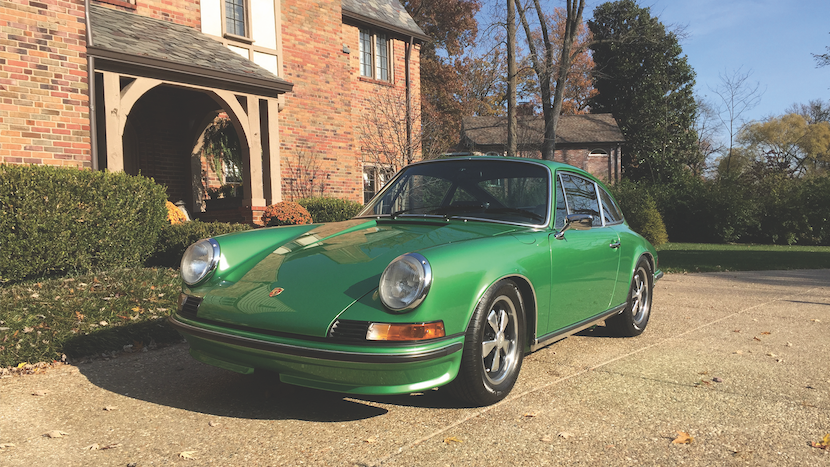
1968 Porsche 911 (Photo Credit to Lessee)
…to the heart of a champion
As Porsche performance steadily climbed, so did sales.
Porsche built its 5,000th 356 in 1951, and was rapidly becoming a pioneer of mid-engine racecars, starting with the 1953 550 Spyder – no surprise, given that Ferdinand Porsche innovated the layout with the 1930s Auto-Union grand prix racers.
The 550 Spyder established a stellar race record, but perhaps is more infamously linked to the crash that killed actor and race driver James Dean in fall 1955.
The 911 Dynasty
Porsche racecars and road cars shared DNA, and any 356 could be made race-ready.
When U.S. distributor Max Hoffmann suggested a less expensive model to broaden the market in America, Porsche created the stripped-down 356 Speedster. The cheapest Porsche back then is among the most sought-after of the marque’s classics today.
No other sports car maker thought a rear-mounted air-cooled engine was a good idea, but that didn’t stop Porsche from repeating the formula for the 356’s successor, the 911.
The 356’s 17-year run was admirable but the 911 is still the Porsche icon after over 55 years. Today’s 911 family is practically a brand unto itself, with 22 variants, all but one now with turbocharged engines.
Those 70s Porsches
As performance cars declined under the malaise of primitive mid-1970s emissions controls, Porsche unleashed its antidote, the 911 Turbo Carrera.
In U.S.-certified guise, the 911 Turbo could knock 0-60 down in five seconds – astounding for the day and still impressive decades later.
In the 1970s, collaboration with VW resulted in the mid-engine Porsche 914, and then the 924, the latter originally meant to be a VW sports coupe. The 924 evolved into the highly regarded 944 and then the 968.
After a slump in the 1980s, Porsche recovered by refocusing on the 911 and its variants. The 1986 959 supercar answered with all-wheel drive, advanced lightweight construction and a 195 mph top speed. The 959 now is legal to import to the U.S., and PFS has leased them.
Back in black
Porsche shifted into full resurgence mode with the mid-engine Boxster in 1997, then doubled down on the 911 and eventually gave the Boxster a coupe companion, the Cayman.
In between, it did the completely unpredictable, debuting the Cayenne sport-utility and then the V-10, mid-engine Carrera GT supercar which Premier has been leasing since its introduction in 2004.
The Cayenne expanded the marque’s reach and opened the door for the Panamera sedan and then the smaller Macan SUV. Today, Porsche offers roughly 15 variants of the Panamera, including the fetching Panamera Sport Turismo, a quasi-sport wagon.
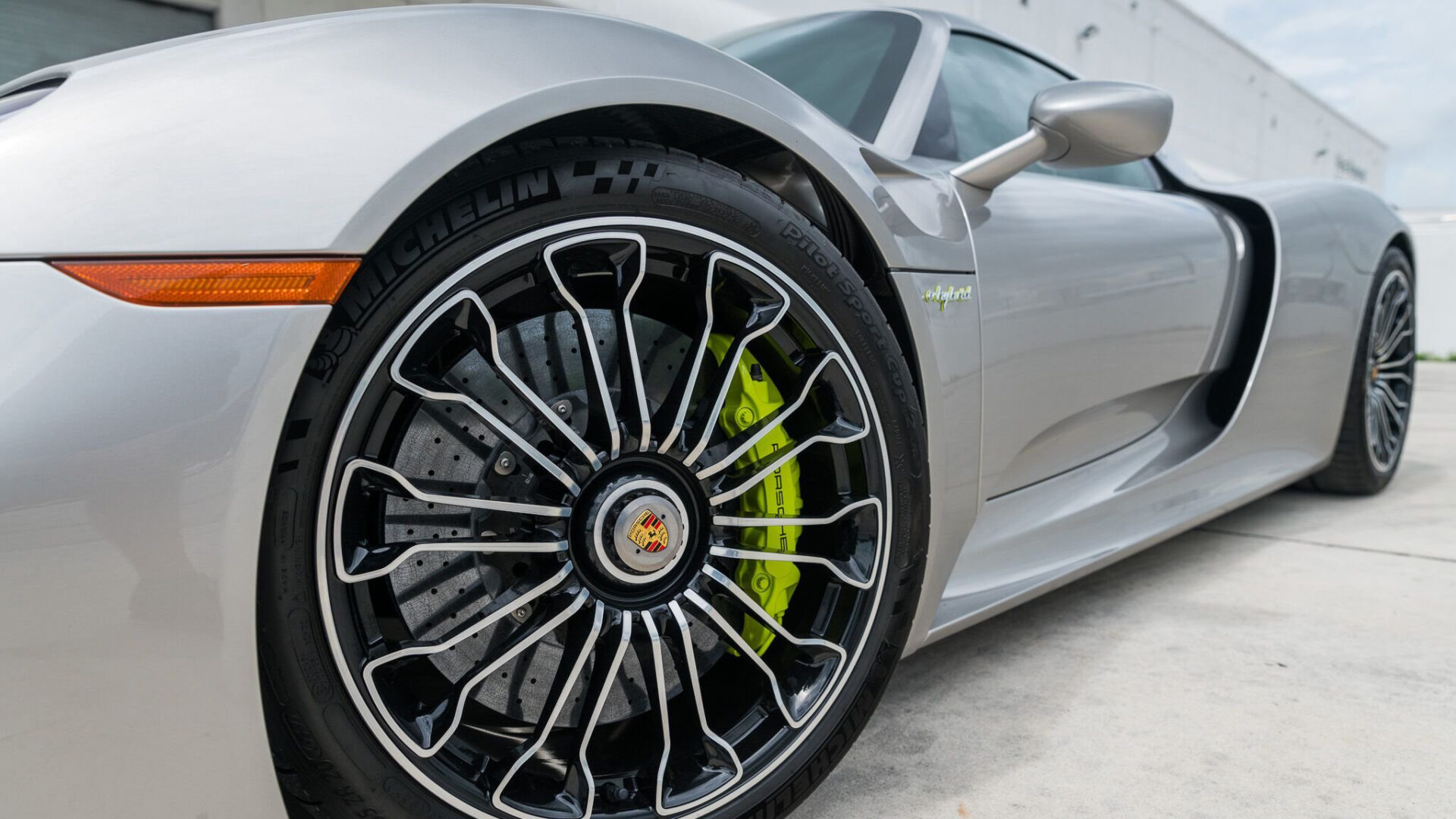
2015 Porsche 918 Spyder (Photo Credit to Curated) 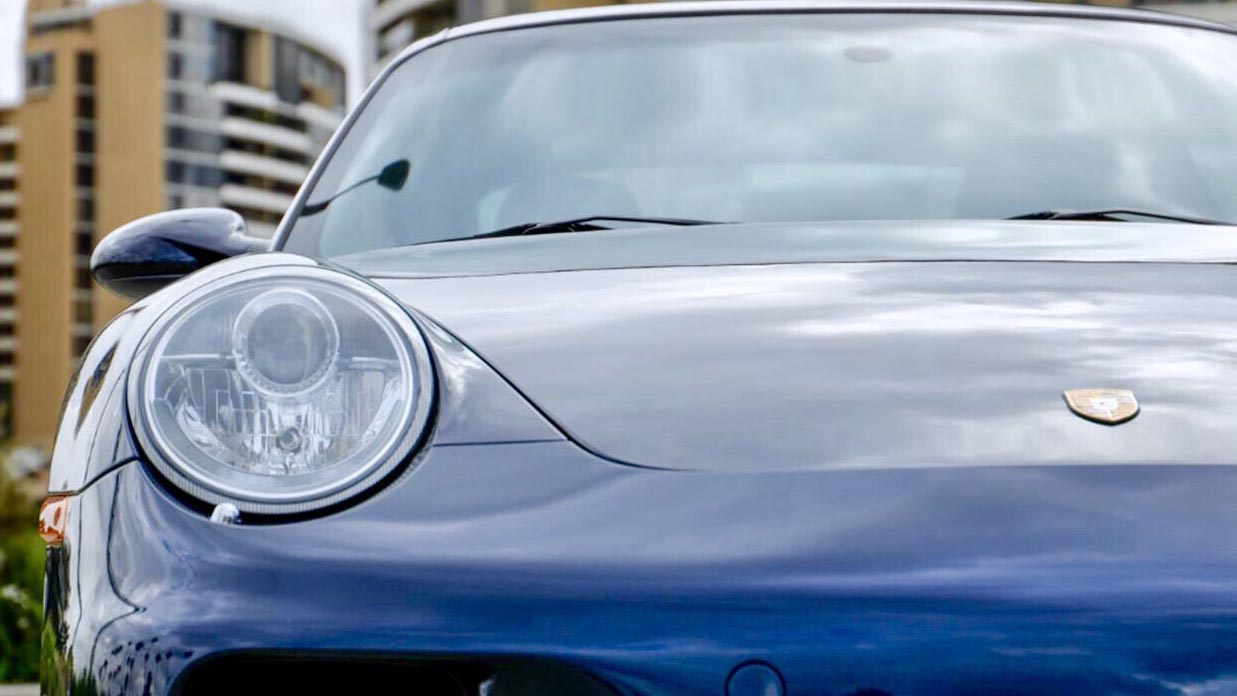
2015 Porsche 911 (Photo Credit to Lessee) 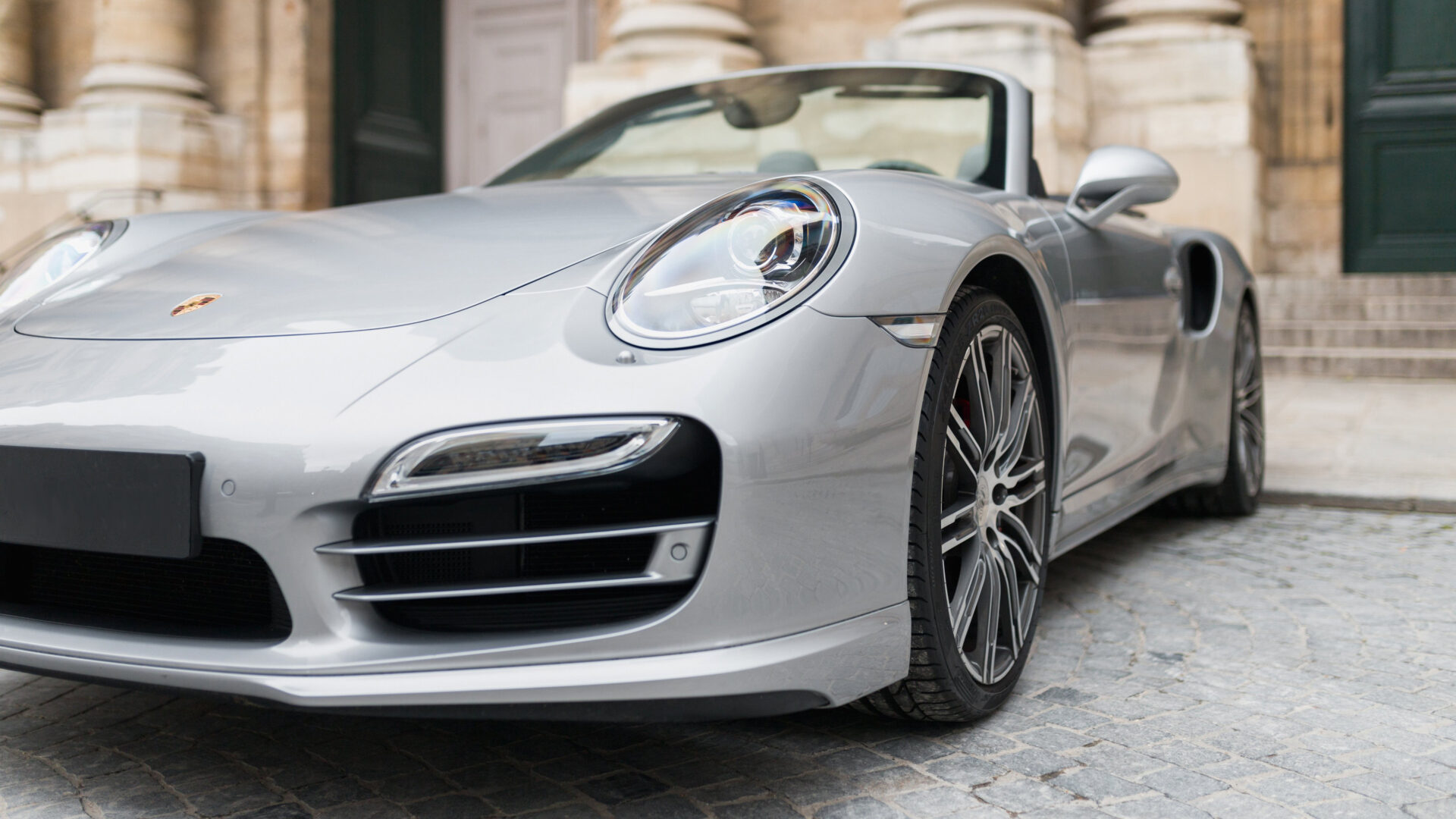
2015 Porche 911 Turbo (Photo Credit to L’art de L’automobile) 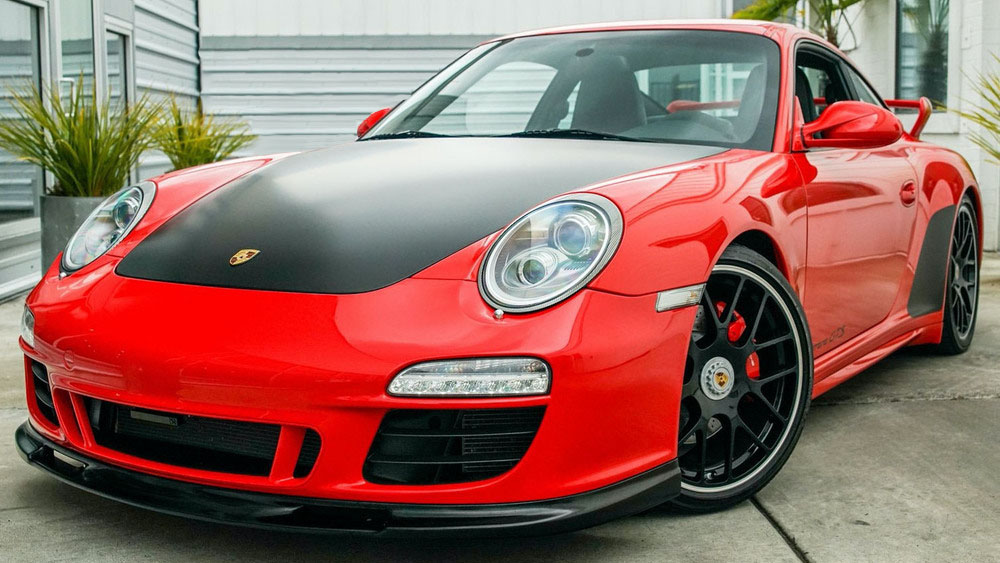
2011 Porsche 911 Carrera GTS (Photo Credit to Park Place Ltd) 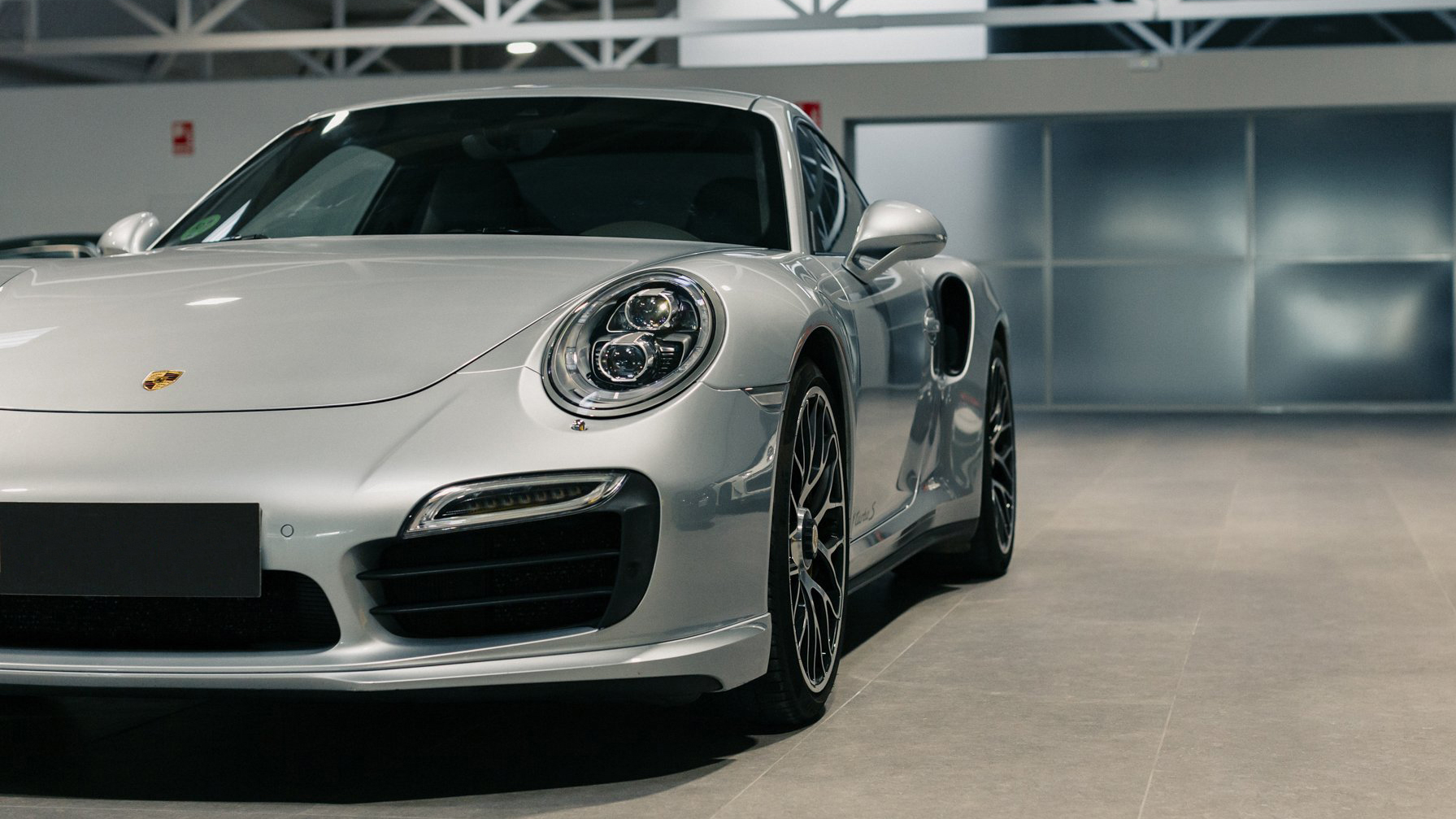
2015 Porsche 911 Turbo (Photo Credit to P1 Cars)
Exploring new powertrains
The more recent 887-horsepower 918 Spyder hybrid amply demonstrated the marque’s command of gas/electric performance potential, and we’ll be seeing more such powertrains from Porsche. This company built just 918 of those supercars, and driving one today is made easier through the PFS Simple Lease.
Porsche is tackling tighter global fuel economy regulations head-on, using turbocharging across the spectrum. Anyone who laments Porsche replacing the classic flat six in the Cayman and Boxster with turbo fours has likely not driven these new high-torque models.
On the horizon, the Porsche Mission E electric sedan promises 0-60 mph in 3.5 seconds and a 310-mile range. That’s at introduction, at least. Want to bet they make something even faster and with greater range?
Leasing a Porsche with Premier’s Simple Lease
With Premier Financial Services as your partner, you can put a steady stream of new and classic model Porsches in your garage. Premier has written thousands of Porsche leases and has worked with independent and franchise Porsche dealers across the country. Our portfolio includes some great vintage and unique models, so contact us regarding your preferred model.
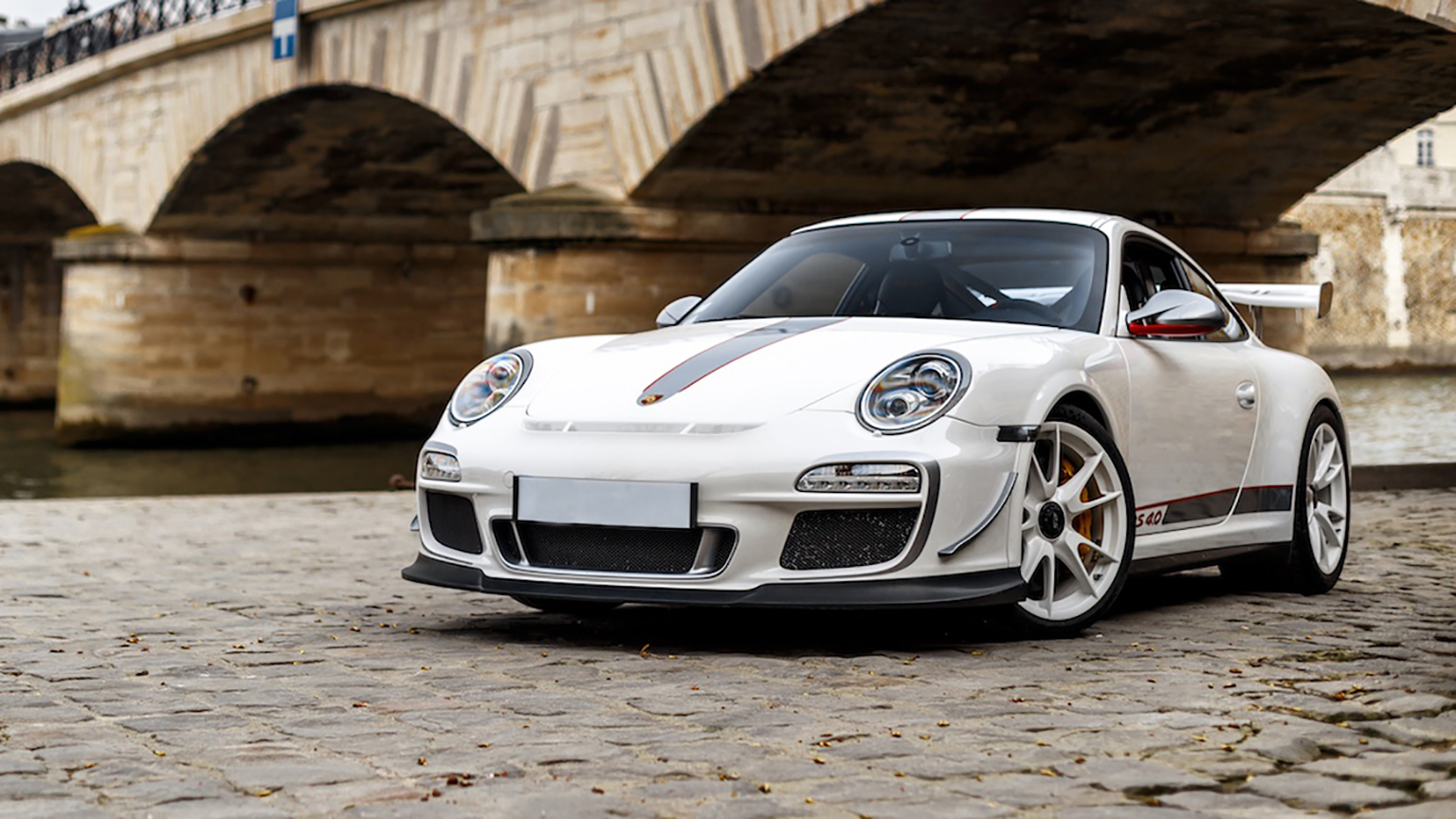
2012 Porsche 911 GT3 (Photo Credit to CarJager)
